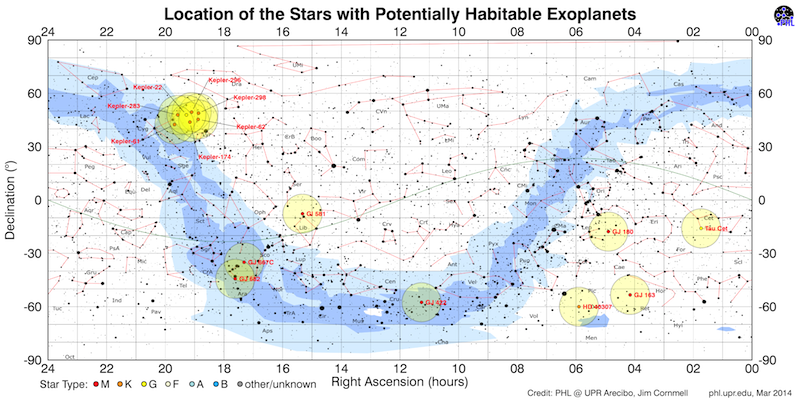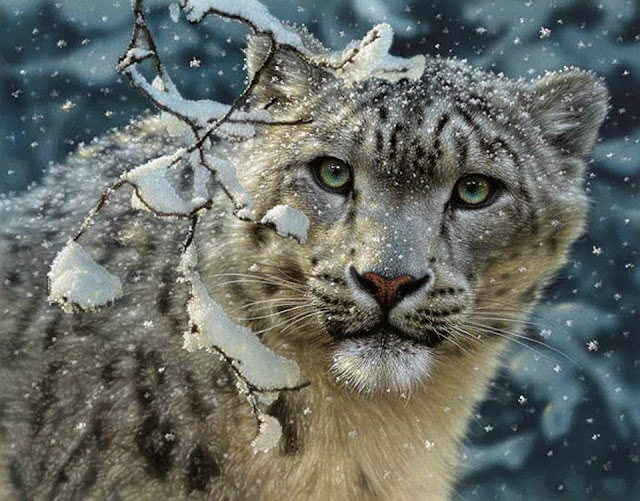Since last year, I've been following, with great enthusiasm, the Mission of the Mars Curiosity Rover, a scienthific Laboratory which was planned to determine whether the Red Planet ever was, or is, habitable to microbial life.
The mission, has been a success, compared with all the precedent which many ended in a frustrating manner with engine or technical failures beyond remote repair from NASA Earth basis.
On this mission it was placed the most advanced technologically ever built on a rover.
After a successfully landing, on August 5th/2012, in Mars' Gale Crater, following a series of complicated landing maneuvers never before attempted, the Rover, (which is about the size of a MINI Cooper), equipped with 17 cameras and a robotic arm containing a suite of specialised laboratory-like tools and instruments, started its work analysing and sending outstanding information to NASA culminating, on the last 2 weeks, with informations that allowed scientists to conclude that Mars was, some million years ago, a planet with water and, why not, where existed some incipient forms of life.
 |
Photo taken by the Curiosity rover shows mudstone that suggests planet's Gale crater held ancient lake.
- Science/AAAS - |
At a press conference today, scientists announced that the Curiosity rover had uncovered signs of an ancient freshwater lake on Mars that may have teemed with tiny organisms with tens of millions years, far longer than scientists had imagined. The watering hole near the Martian equator existed about 3.5 billion years ago. Scientists say it was neither salty nor acidic, and contained nutrients — a perfect spot to support microbes very similar to those depots found on our Earth Oceans.
Looking for some explanations for Mars' desertification, scientists also believe that the origins of some drastic climate changes may have been due to the fact that Mars lost its magnetic shield, leaving the Planet vulnerable to solar and cosmic radiation.
Over the time, the ionizing rays took apart what was believed to have been a thick, protective atmosphere which kept Mars warm and wet.
I'll be posting, whenever some great news about the mission comes out!




































